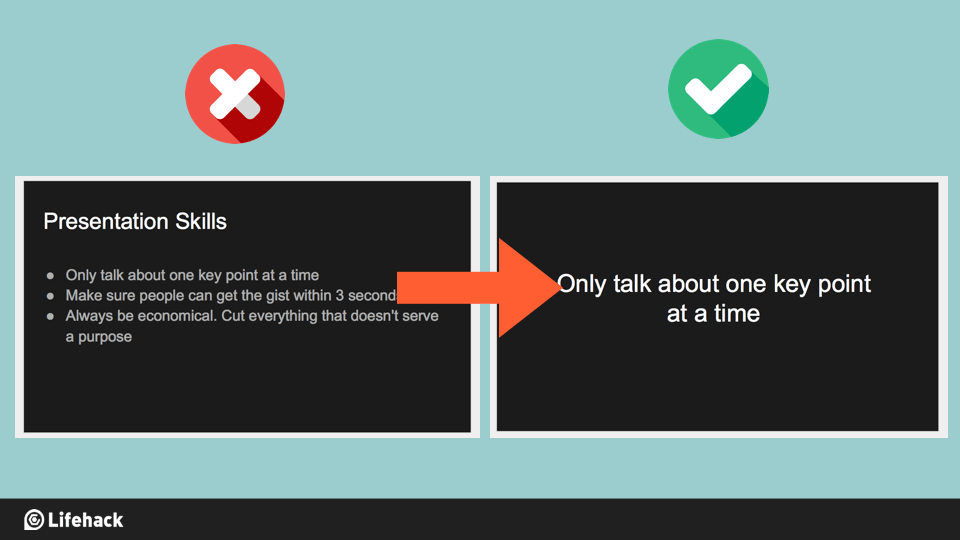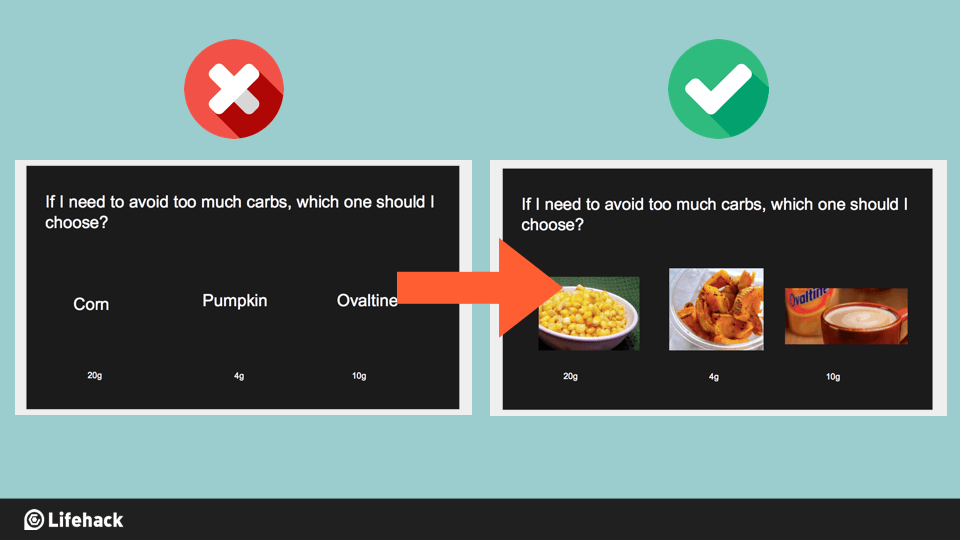The usual approach when preparing a presentation is putting the points into slides. But the best presentations do not seek to merely inform. They make a lasting mark. Martin Luther King’s 1963 “I Have A Dream” speech inspired a nation to reconsider their assumptions around race and social justice. Ronald Reagan’s speech in Berlin, delivered in 1987, wasn’t an objective remark on historical events. It was a passionate plea, an attempt to hasten the tearing down of the Berlin Wall. Neither will be remembered for their PowerPoint presentations, but for their heartfelt messages.
Treat a presentation like a drama show
The best presentations are not collections of facts or statistics. They are stories, put together and performed with dramatic flair. The first question you need to ask yourself is this – “What is the point of this presentation?” Don’t start your preparations until you can provide a confident answer. What emotions are you looking to trigger in your audience? How exactly do you want to influence them, and what actions do you want them to take as a result of your presentation?
There is much more to a speech than writing the words and moving through a set of key points written on a card or set of slides. How will you move around and vary your voice in such a way that emphasizes your message? Think about the gestures you can use, the facial expressions you will use, and how you will move around the stage.
A great speaker is the main actor/actress, not the backdrop
Most presentations are purely informative. The audience are directed to focus on the presentation slides rather than the person speaking. While if you want to leave an impression, you need to make yourself the focus. Presentation slides are just supplementary. Never, ever let them steal the limelight. See how Scott Dinsmore did that.
How to make your audience listen to you attentively
To be the limelight on stage, you can’t just directly put all what you want to say on the slides. You need to carefully plan and edit every part.
Only talk about one key point at a time. Don’t be greedy
When you provide little on the slide like only one word in the middle, people will look to you for elaboration. When you put multiple points into a single slide, the audience will be so hard working digesting all the information on the slide. This doesn’t help them understand better as human’s brains aren’t designed for multi-tasking. The more points you want them to get, the less they can understand.
Make sure people can get the gist within 3 seconds
More than that it means the message isn’t conveyed clearly enough and people will zone out. They’ll completely ignore what you’re going to say even if your ideas are truly brilliant.
Always be economical. Cut everything that doesn’t serve a purpose
Although it’s tempting to include all the interesting things you know/you found when doing research, these would only make your key message weaker if they aren’t highly relevant. Be bold to cut them whenever they don’t add value for the key message. It’s often not what’s added that matters, but what’s cut that matters.
Illustrate your points with images
This sounds contradictory but it’s not. When the image can catch audience’s attention and wake them up, you’re actually telling them to look at you again, that you’re going to raise a great point next. What’s more, people retain 10% of what they hear three days following a presentation, but if the information is accompanied by a picture, this figure jumps to 65%.
Always be specific
Cliches are hardly memorable. Always add in additional details and fascinating statistics where possible to add character and interest. Like you could simply tell your audience that buying a car is an important decision, but a better approach is to reframe it in terms of numbers and emotions: “To buy a car it entails choosing a vehicle that helps you make memories, that will keep your life running smoothly, and transports you and your loved ones over 13,000 miles each year.”[1] Specific facts and emotive stories will give you a direct line to your audience’s hearts, and you are sure to leave a great impression.
Reference
| [1] | ^ | Carinsurance.com: Average miles driven per year by state |














































